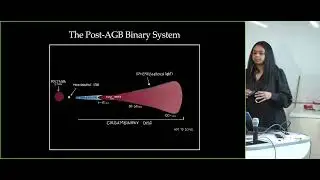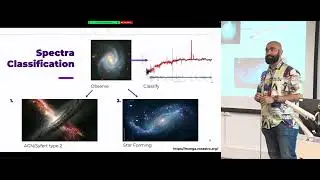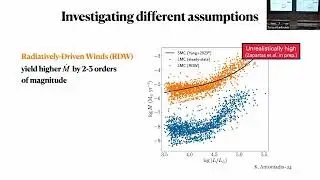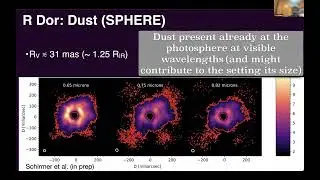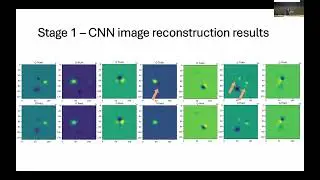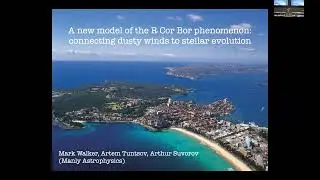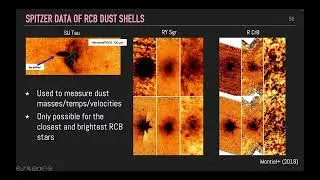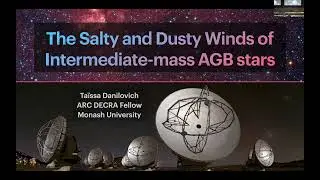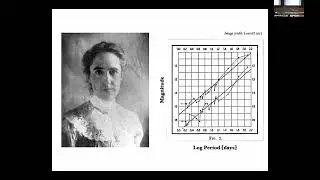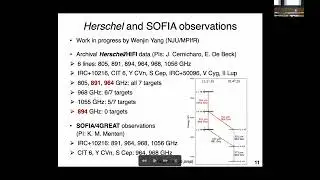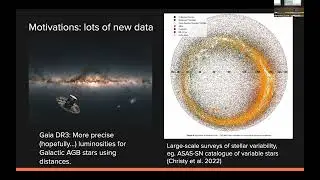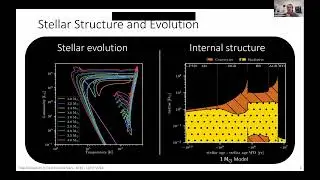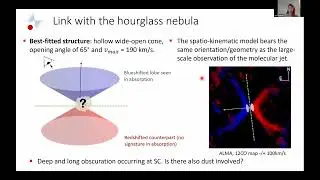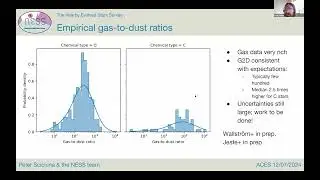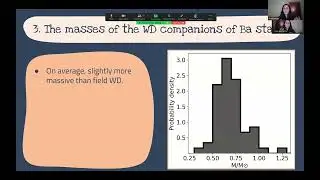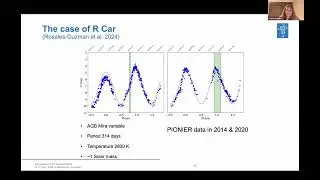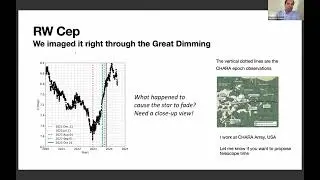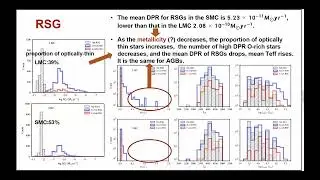ACES Mass-loss Rate of Highly Evolved Stars in the Magellanic Clouds - Jing Wen
Jing Wen
Beijing Normal University, China
Asymptotic giant branch stars (AGBs) and red supergiant stars (RSGs) exhibit evident mass loss phenomena and are considered important sources of interstellar dust. However, the mechanism of mass loss is still unclear, and the mass-loss rate (MLR) of evolved stars requires further research and precise evaluation. To address this, we utilized an updated and complete sample of over 40,000 evolved stars in the Magellanic Clouds (MCs) and employed the 2-DUST radiation transfer model and spectral energy distribution fitting approach to determine the dust-production rates (DPRs) and dust properties of the AGBs and RSGs. Our results reveal that the total DPR of the Large Magellanic Cloud is approximately 1 × 10−5M⊙ yr−1, while the total DPR of the Small Magellanic Cloud is around 1.86×10−6M⊙ yr−1, with a few stars significantly contributing to the total DPR. We explored relations between stellar parameters (luminosity, infrared color, period,
amplitude) and MLR for evolved stars. A prominent turning point locating log (L/L⊙) ≈ 4.4 appears on the luminosity-MLR diagram of RSGs in MCs, potentially related to the mass loss mechanism of RSGs. The MLR of AGBs show a clear change with the pulsation period and amplitude, that the MLR of the AGBs with pulsation period of approximately 300 days and I band amplitude greater than 0.5 mag show a drastic increase. The metallicity has some impact on the DPR of RSGs, with lower metallicity seems to result in lower DPR and higher optically thin proportion. Based on the new samples of Local Group, studying the influence of metallicity on DPR is our next plan.











